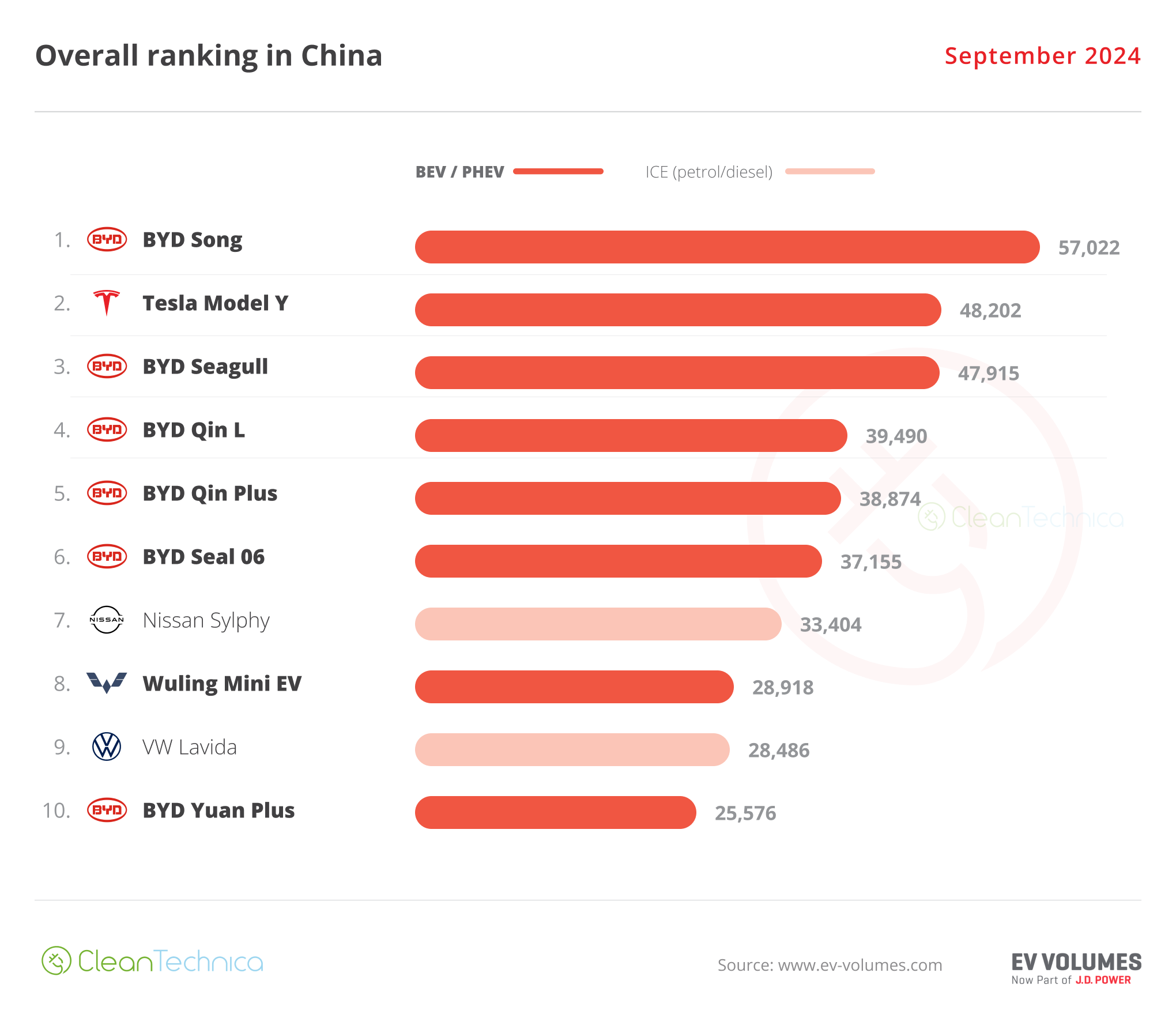London, January 25, 2025, (Oilandgaspress) –––Buildings are responsible for about one third of all energy consumed in the world, with heating and cooling accounting for half of that consumption. Traditional geothermal heating systems, require extensive drilling of wells – a process that is invasive, resource-intensive and has a large carbon footprint.

Ruden has developed the Low Enthalpy Aquifer Technology (LEAT) system for heating and cooling large commercial and residential buildings. LEAT is also suitable for infrastructure facilities such as train stations and airports.
The main difference between LEAT and conventional geothermal heating is in the geological analysis and modelling. Traditional heating systems are based on drilling a large number of wells and connecting these in a closed system. LEAT, meanwhile, takes advantage of naturally occurring fracture systems in the bedrock and builds an open system using these.
By adopting oil sector technology for modelling the geology, Ruden can generate the same heating and cooling from 10 wells that would normally require about 250 wells in a traditional system.
Information Source: Read More
Oil and gas press covers, Energy Monitor, Climate, Gas,Renewable, Oil and Gas, Wind, Biomass, Sustainability, Oil Price, LPG, Solar, Marine, Aviation, Fuel, Hydrogen, Electric ,EV, Gas,




